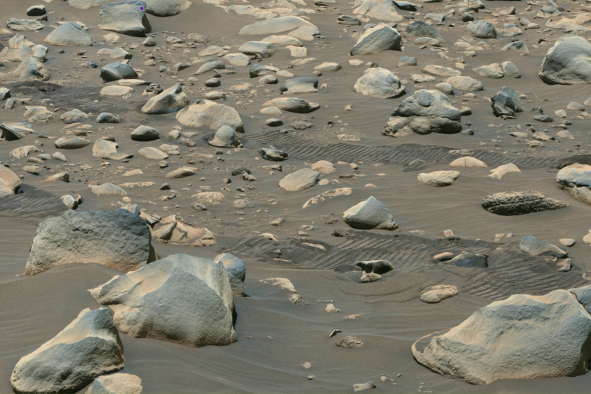Oregon wildlife officials have warned drivers that amorous deer and those migrating for the winter may pose a traffic collision risk this fall.
Deer and elk are particularly active during October and November when their mating seasons are in full force. The mating season, also known as the rut, combined with winter migrations, may make these creatures more prone to crossing roads, putting them at risk of being hit by cars.
"Elk don't always look both ways before crossing the road," the Oregon Department of Fish and Wildlife posted to Facebook. "This time of year (October-November) is when wildlife-vehicle collisions peak in Oregon.
"Deer and elk are more likely to be crossing roads as they complete their annual migration to winter range. Breeding season (the rut) also puts them on the move, and rain and fewer daylight hours reduce visibility for drivers," they said.
The elk rut generally occurs from mid-September to mid-October, while the mule deer mating season typically occurs from late November to early December. Black-tailed deer and white-tailed deer mate between late October and mid-to-late November. The timing of the rut ensures that calves and fawns will be born in the spring when food is more abundant, and weather conditions are ideal for their survival.
During the rut, males become more active and roam larger areas in search of females to breed with. The males also engage in more visible and aggressive behaviors, such as fighting other males to establish dominance and attract mates.
As the deer and elk travel far and wide in search of mates, this may cause them to cross increasing numbers of highways. Additionally, as the seasons transition, vegetation changes, and food sources in certain areas become less abundant, resulting in the animals traveling greater distances in search of new feeding grounds.
In its Facebook post, the Oregon Department of Fish and Wildlife advised drivers to look for animal crossing signs and be cautious in areas with curves in the road and thick vegetation, as the animals may be harder to spot in these regions.
"Expect more animals when you see one as more are likely nearby. Focus on where the animal came from (not where it's going) as others may be following," the department said. "Slow down and stay in your lane: Swerving to avoid animals often leads to more serious crashes. Maintain control of your vehicle."
"Always wear your seat belt: Even minor collisions can cause serious injuries and wearing your seat belt is one of the best ways to stay safe."
Hitting a deer or elk can be very dangerous to both the animal and the people inside the car, as their long legs and heavy bodies tend to cause them to hit the windshield directly.
"Hitting a deer or other large wildlife animals can indeed be quite severe for both the vehicle occupants and the animal. In the case of a deer, because of their high center of gravity, the main body of the deer could enter the vehicle through the windshield and injure the occupants," Dominique Lord, a professor of civil and environmental engineering at Texas A&M, told Newsweek.
One recent study in Texas found that animal-vehicle collisions increased by 45.8 percent during the full moon compared to the new moon, so drivers should be extra vigilant during autumn full moons.
Do you have a tip on a science story that Newsweek should be covering? Do you have a question about deer and elk? Let us know via science@newsweek.com.
Disclaimer: The copyright of this article belongs to the original author. Reposting this article is solely for the purpose of information dissemination and does not constitute any investment advice. If there is any infringement, please contact us immediately. We will make corrections or deletions as necessary. Thank you.



